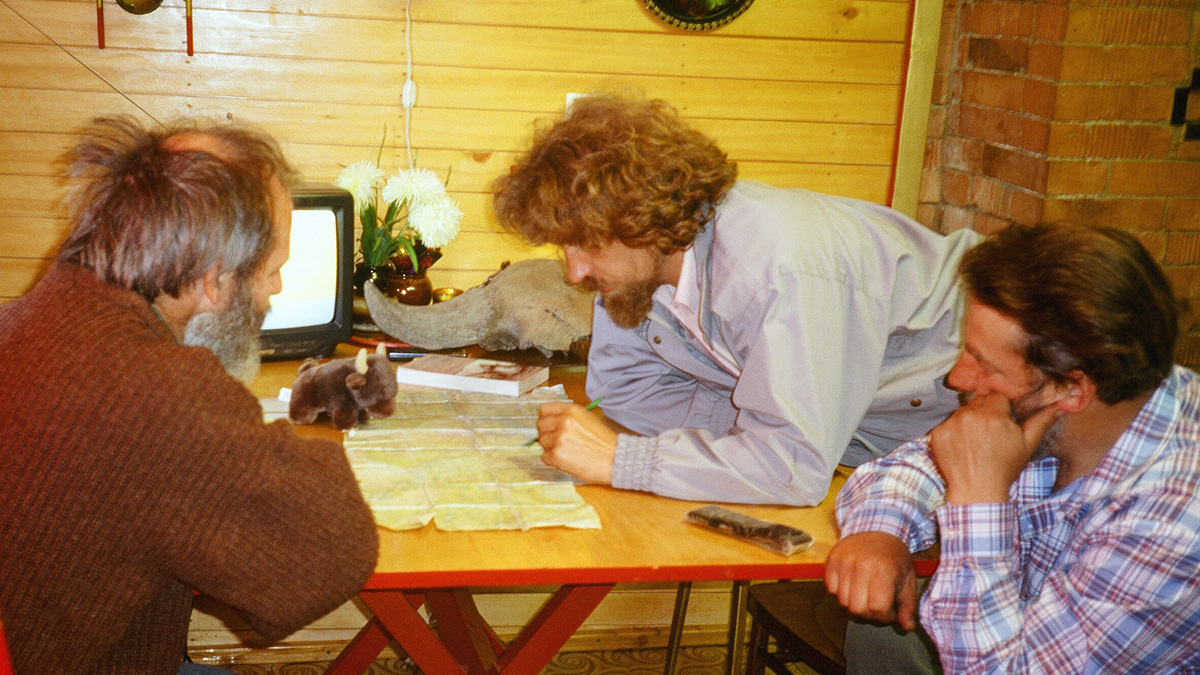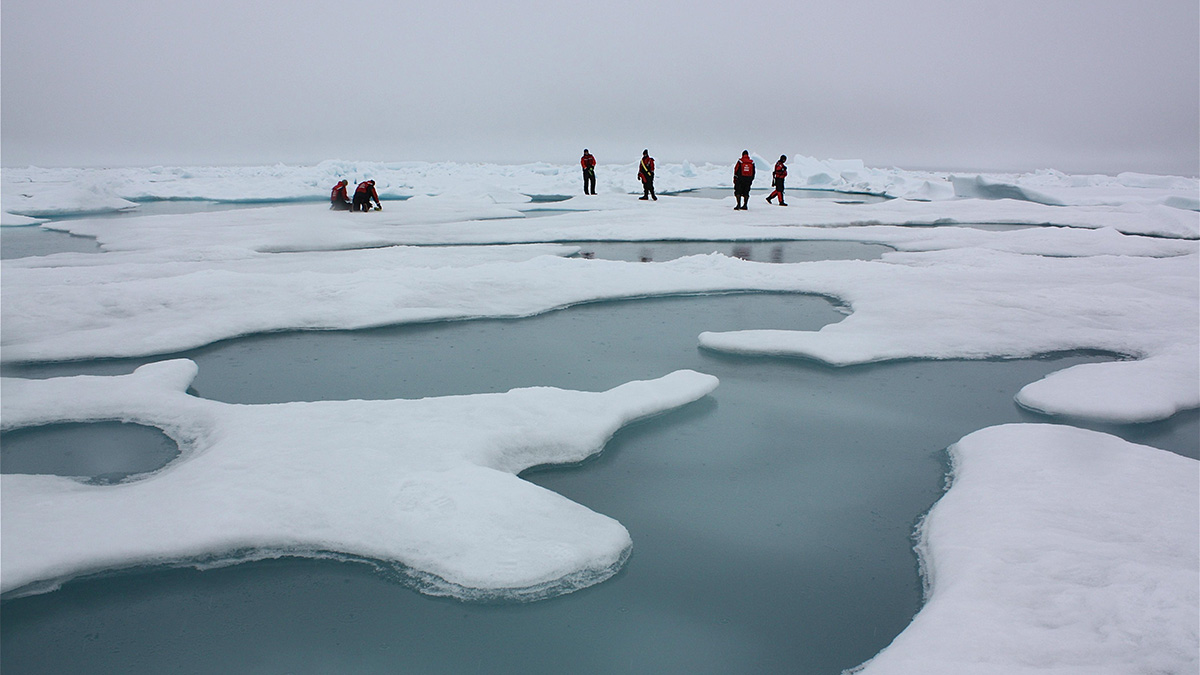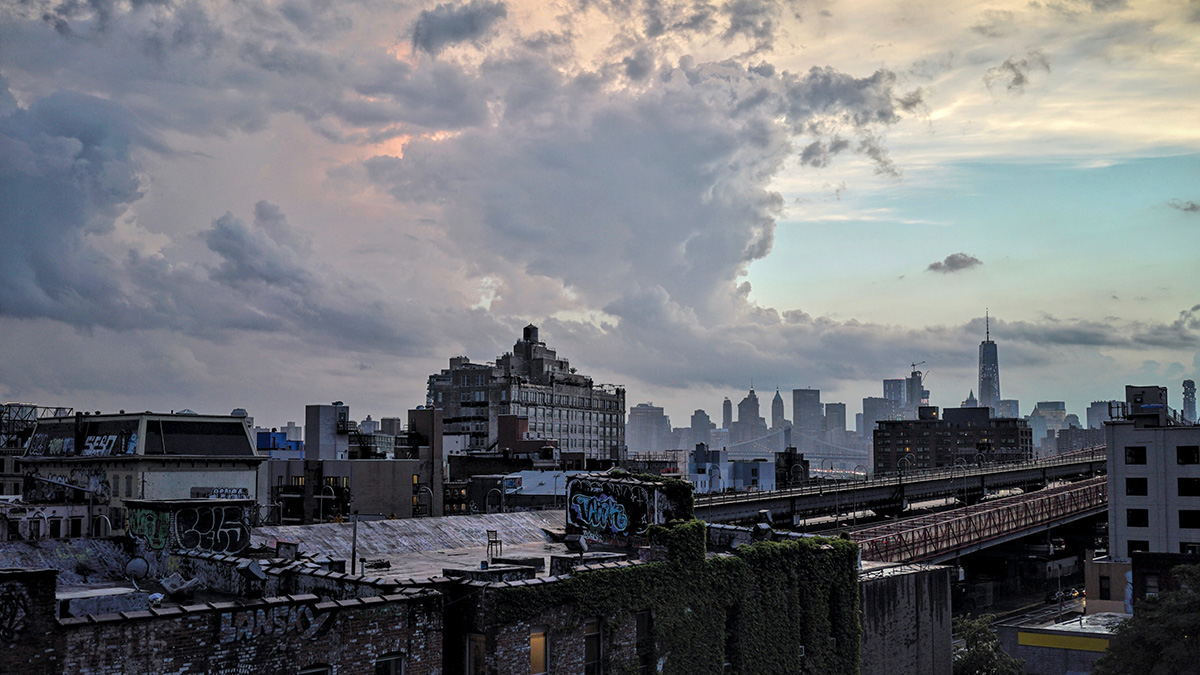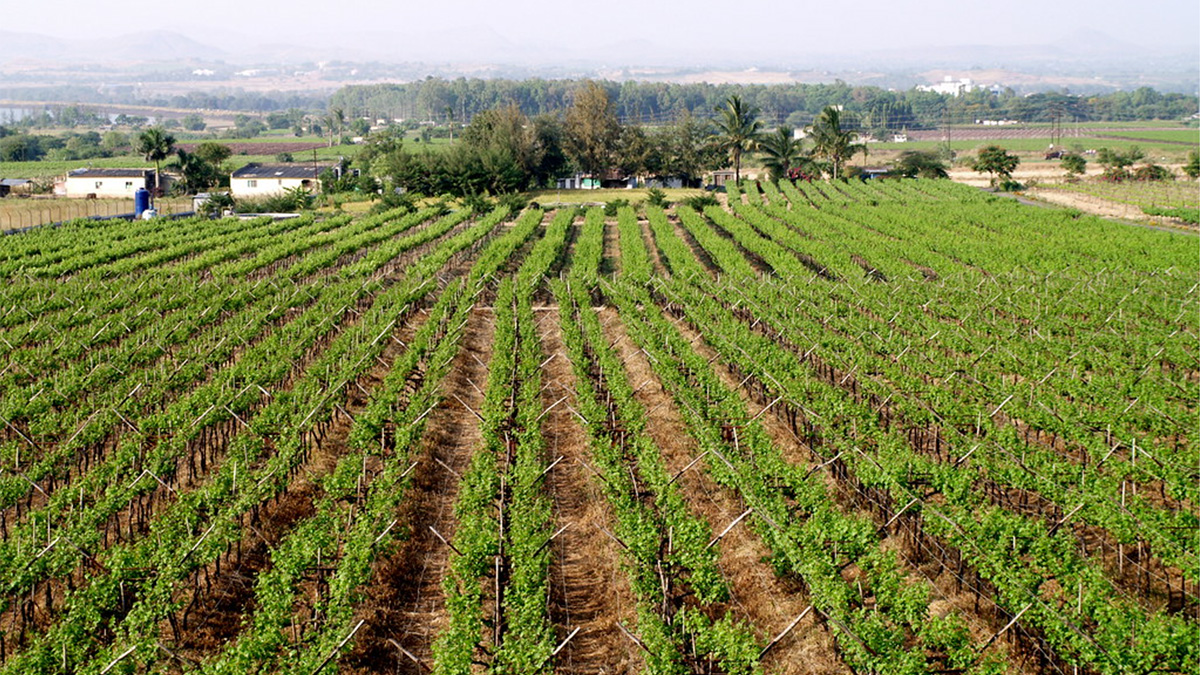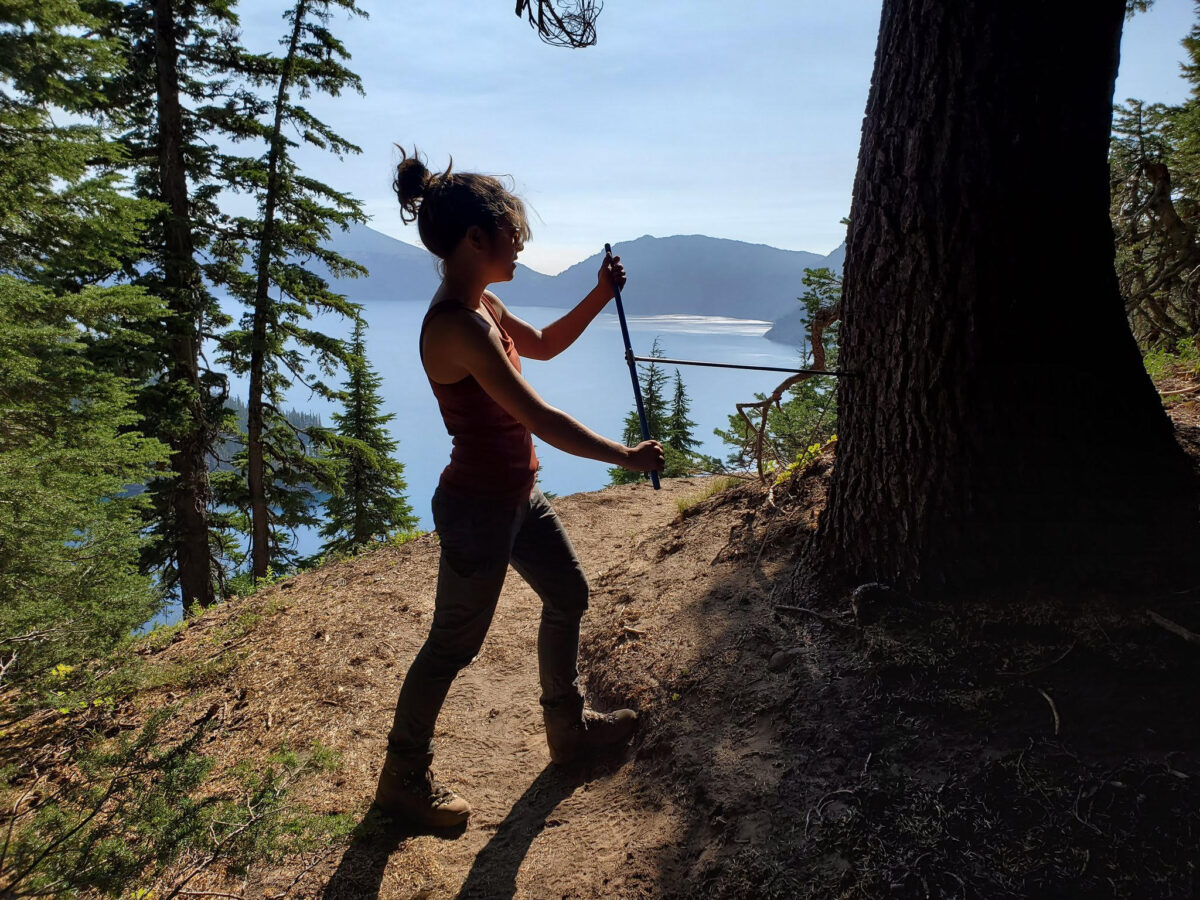Hexagonal structures in sediments are evidence of repeated wet and dry conditions on the Red Planet.
seasonal variability
Как необычная дружба разрушила мифы о вечной мерзлоте
“Прекрасные долгие споры” между американским ученым и российским исследователем помогли прояснить несколько фундаментальных предположений о таянии вечной мерзлоты.
Agriculture 3.0: Preparing for a Drier Future in the Colorado River Basin
Years of drought and climate change are causing water resources to dwindle in the Colorado River Basin. But farmers and scientists are collaborating to learn how to grow crops with less water.
Sea Ice Is Going, but When Will It Be Gone?
A pair of studies demonstrate the uncertainty over when the Arctic will become seasonally sea ice free.
Spain’s Seafaring Sports See Fewer Calm Days
Knowing the best days for calm or active water activities can strengthen the local economy and help tourists optimize their trips.
Imágenes de satélite revelan que los paisajes urbanos generan nubes
Los cielos cubriendo las ciudades de los EE.UU. tienen más nubes que las áreas que las rodean.
New Forecasting Tool Could Help Indian Farmers Plan Irrigation
Tropical weather is unpredictable, but a new tool could help farmers get a better grasp on it.
Cityscapes Create Cloud Cover, Satellite Images Reveal
The skies over U.S. cities are cloudier than their surrounding areas.
In the Pacific Northwest, 2021 Was the Hottest Year in a Millennium
A 1,000-year temperature record shows unprecedented warming in the Pacific Northwest, and new modeling predicts the likelihood of future heat waves in the decades to come.


